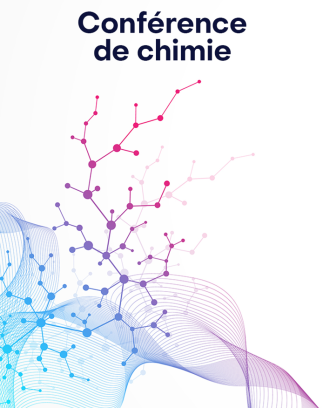Titre : Light-driven Halogen Atom Transfer (XAT) and beyond applied to organic synthesis
Heure : 11h00
Local : A-2543
_______________________________________________________
Résumé :
The halogen atom transfer (XAT) is one of the most developed processes for generating carbon radicals in synthetic chemistry. Historically at the center of the development of 'traditional' radical chemistry, XAT has enjoyed renewed success with the rise of photochemistry.[1] Indeed, photochemistry offers several advantages over 'traditional' approaches, such as the elimination of peroxides and the use of eco-friendly reaction conditions. For example, XAT reactions are now freed from the 'tyranny of tin', allowing the use of non-toxic XAT promoters such as silyl, α-amino-carbon, and aryl radicals under light irradiation. As a result, light-driven XAT has found applications in a wide range of organic transformations, from Giese additions to cross-coupling reactions, allowing the construction of complex molecules from simple organic halides. In this context, our group has taken a keen interest in the development of novel methodologies involving XAT processes. In this presentation, we will provide an overview of our synthetic methodology development, with a focus on light-driven XAT, and discuss how these methods might be useful for the synthesis of high value-added compounds, such as fluorinated molecules,[2] alkyl and alkenyl halides[3] or primary amines.[4]
[1] F. Juliá, T. Constantin, D. Leonori, Chem. Rev. 2022, 122, 2292.
[2] a) L. Geniller, M. Taillefer, F. Jaroschik, A. Prieto, ACS Catal. 2023, 13, 8624; b) L. Geniller, M. Taillefer, E. Clot, F. Jaroschik, A. Prieto, Adv. Synth. Catal. 2024, DOI: 10.1002/adsc.202400174
[3] L. Geniller, M. Taillefer, F. Jaroschik, A. Prieto, Chem. Eur. J. 2022, 28, e20220149.
[4] L. Geniller, M. Taillefer, F. Jaroschik, A. Prieto, J. Org. Chem. 2024, 89, 656.

